Rowland Legg: The pay phone that unravelled messy Moran hit
Police thought they knew who assassinated Jason Moran. But the suspect claimed to be home doing the washing with mum.
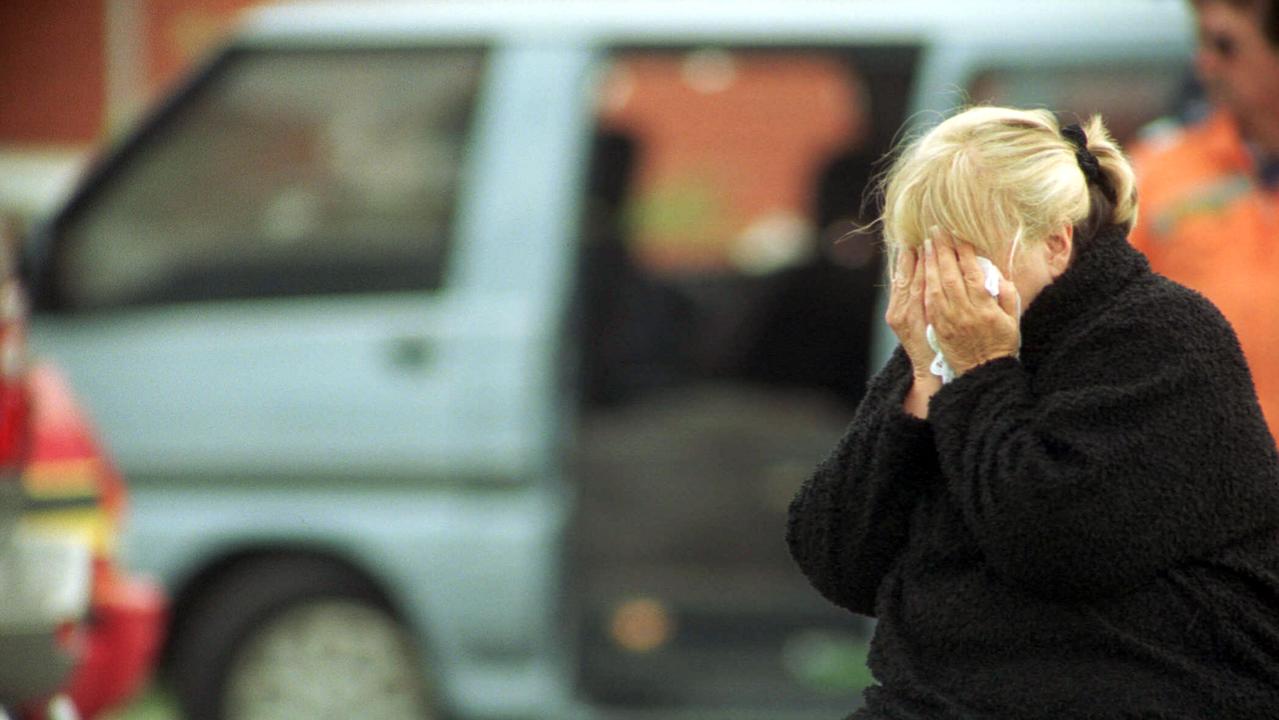
True Crime
Don't miss out on the headlines from True Crime. Followed categories will be added to My News.
Rowland Legg is one of Victoria’s most experienced murder investigators. In a new series he delves into some of his strangest and most challenging cases.
On commencing an “on-call” shift at the Homicide Squad, going through the mind is what you will be confronted with in the following 24 hours or longer and where in the state it may take you.
Occasionally there may be an expectation of a likely death related to a current set of circumstances and possibly trepidation that the investigation may be a hard slog.
My first such experience occurred on June 16, 1981, when a detective senior constable at the squad.
The Painters and Dockers Royal Commission was underway and there was much interest in the fact that a central witness due to appear was missing. His name was John Salisbury Nicholls, secretary of the Painters and Dockers Union.
“Putty Nose” as he was known, found himself between a rock and a hard place. He was due to give evidence that day and there were dire consequences for him should he attend and tell the truth, attend and tell lies, or fail to appear. Additionally, there were those keen that he not appear.

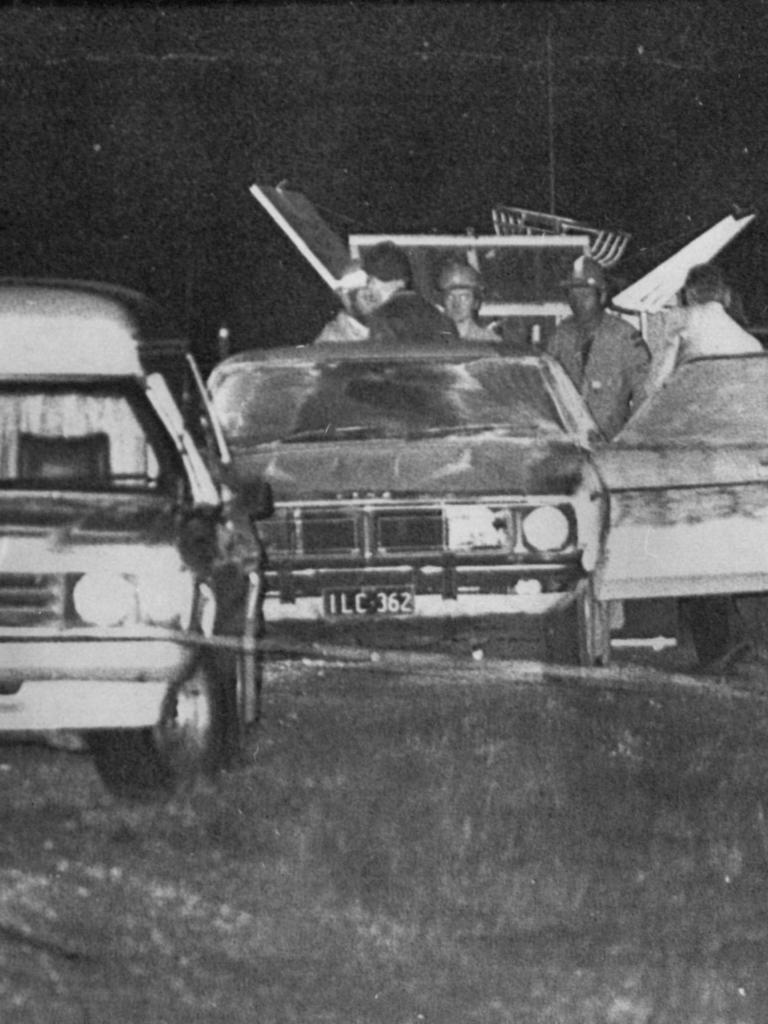
At 2pm that day he was found fatally shot in his car beside the Hume Highway at Chiltern, a pistol in his hand.
We obviously attended and ultimately were satisfied it was suicide.
Mr Nicholls had taken the easier option.
Had it been murder, the investigation would have been long and challenging.
A peripheral matter of interest was that as the young detective surrounded by colleagues of higher rank, I was offered the task of driving Mr Nicholls’ vehicle back to the Wangaratta police station, as in those days no tray truck was available. This would not happen today and the trip is an interesting story for another time.
Another such confirmed “expectation” relating to circumstances at the time occurred in June 2003.
I had returned to the Homicide Squad, this time as a crew leader, in 1994.
There had been numerous underworld killings over recent years with a variety of motives, including drugs, debts, revenge and power struggles.
The most recent victim had been Nik Radev, fatally shot in April 2003.
It was believed Carl Williams and his father facilitated the ambush.
At this time another underworld extirpation, likely involving Williams and his associates, was always likely.
On the morning of Saturday June 21 our crew was “on-call 2”, or the back-up crew, due to commence work at 3pm.
At 11.20am I received a call informing me that the first response crew had been called out to a homicide and there had since been another, a double fatal shooting at the Cross Keys Reserve in Pascoe Vale Road, Essendon.
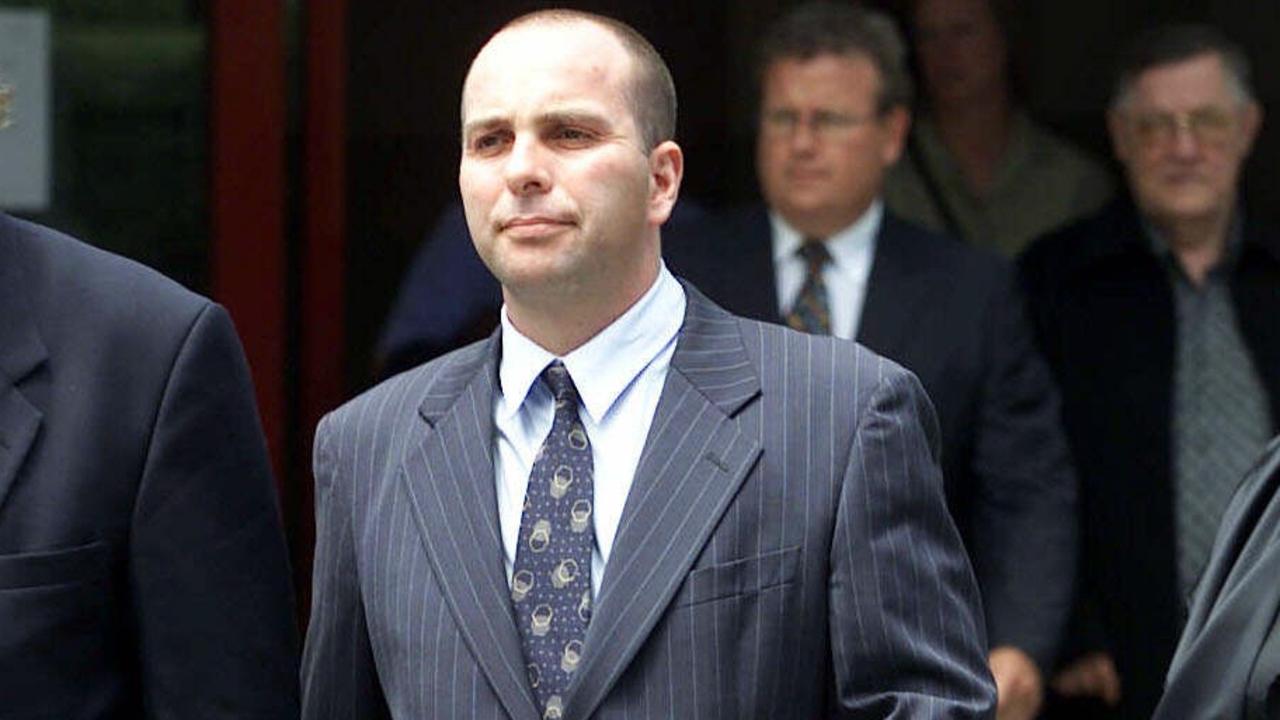
Members of the crew were contacted, as were the required forensic services and I sought the usual assurance that the scene was secured.
I was having some difficulty contacting police at the scene, however while en route I received a call from the local duty officer confirming my inkling/gut feeling that this would be underworld-related.
One of the victims was, he thought, Jason Moran.
Moran’s demise had certainly been expected for a long time.
Another killing strongly believed to have been arranged by Carl Williams was that of Jason’s brother and fellow drug dealer, Mark Moran, in 2000.
He and Jason had been responsible for shooting Williams in 1999 regarding a drug matter and both had been marked for an act of revenge as a result.
The scene with which we were confronted at Essendon was particularly messy.
Jason was found in the driver’s seat of a blue Mitsubishi van which was parked in the car park between the Cross Keys Hotel and the reserve and facing the driveway from Pascoe Vale Road.
In the front passenger seat was an associate, Pat (Pasquale) Barbaro.
A sawn-off shotgun, dropped by the gunman, was lying on the ground beside the driver’s door.
Later at the mortuary a loaded pistol was found down the front of Moran’s tracksuit trousers.
The deceased pair had obviously been taken totally by surprise.
Multiple shots had been fired by the gunman using the shotgun and a hand gun.
The car park was busy with an Auskick session occurring on the reserve at the time.
Considering the number of people about, we were relieved no one else had been injured.

A short time later there was the added feeling of absolute amazement when we were told ten children aged between 2 and 13 had been playing in the rear of the van at the time of the shootings and thankfully all had escaped physical injury.
Two were Jason Moran’s twins. According to incorrect media reports there were only six children in the van.
An off-duty police sergeant had pursued the gunman, who had still been armed with a handgun, over a footbridge towards Moreland Road.
For the sergeant’s sake, it was probably fortunate he didn’t catch up with him.
Police searchers were called in to scour the surrounding area and the Search and Rescue Squad dived the nearby creek, a multitude of potential witnesses were interviewed, a motorcyclist arriving over the footbridge prior to the shootings was eliminated, as was a balaclava located in a nearby street.
A thorough forensic examination of the van and surrounds was of course also conducted.
As the day went on, a mass of potentially valuable information was coming in from police and members of the public and our analysts were hard at it back at the office.
By midafternoon we had the name of a suspect, a very likely candidate in our minds from the start as the gunman, considering his associations and modus operandi.
He was in fact ultimately convicted of these killings.
That evening several members of the crew were sent to bring Williams in for an initial interview, however he was not at home.
There was obviously a strong suspicion he had organised the attack.
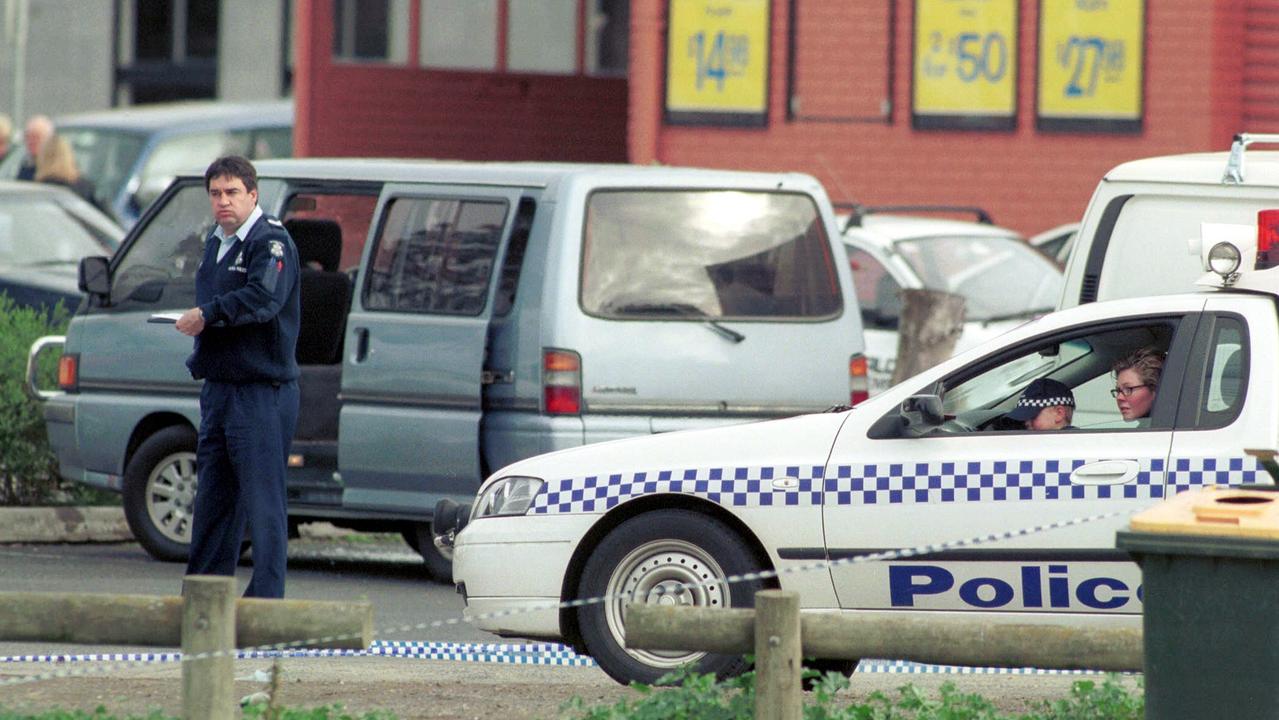


Grainy black and white poor quality CCTV material from exterior hotel cameras was retrieved and two crew members went over and over it at our office that evening.
Shortly before midnight they had what we needed.
In the corner of one frame was a white van, later identified as a Toyota HiAce, dropping the gunman off at the end of the row of vehicles including the Moran van.
He could then be seen running to the driver’s side discharging the shotgun followed by the handgun.
Later examination revealed the van following the Moran vehicle into the car park and parking in a secluded location 20 minutes prior to the shootings.
Additionally, as the shootings occurred it could be seen exiting across the front of the Moran van along the hotel driveway to Pascoe Vale Road.
Although the Purana Task Force was being established in early June, it was agreed our crew would retain the investigation.
On the afternoon of June 23 the first of many regular meetings took place between the Assistant Commissioner (Crime), the Commander (Crime), head of the Homicide Squad, head of the Purana Task Force and myself.
Others involved would also be present at appropriate times.
Also on that date information came to us that two males had been acting suspiciously in the Cross Keys Hotel car park on June 11 and police had been called.
One suspect was from Collingwood and the other from Murray Bridge in South Australia. They had denied knowing one another when confronted by police, however inquiries revealed they were checked together by police in Glenroy earlier that day.
These men were thoroughly investigated by us, including a surveillance team following them to South Australia and extensive technical support.
Total elimination of them as suspects did not occur until the first week in July.
They were ultimately believed to be dealing in drugs and not involved in the shootings.
In such cases it is vital to thoroughly investigate, as far as possible, unlikely suspects while collecting evidence to prove the involvement or otherwise of those to whom a very strong suspicion is pointing.

As time went on, much of course was happening.
Access to relevant databases was restricted to those directly involved in the investigation, our major known suspects were being monitored in a variety of ways, forensic examinations and analyses were continuing, CCTV material from homes and businesses near the crime scene was being sought, information was being exchanged with local and national agencies, prisoners both here and interstate were “contributing”, numerous interviews were being conducted and counselling was being arranged for the children in the van.
Carl Williams lived in the northern suburbs.
It was interesting that he and an associate happened to be at a medical facility in South Yarra at the time the shootings occurred.
Strange that.
When we first interviewed the gunman, he told us he was at the home of his mother at the time of the killings, doing the washing.
Strange that.
Although we thought it unlikely that suspected active “hitman” Andrew Veniamin was directly involved in this one, he was obviously spoken with.
He simply told us he was at home at the time of the shootings.
Other issues would arise out of left field, such as threatening telephone calls to Jason Moran’s mother Judy.
We identified and brought the culprit in for interview.
Judy refused to make a statement, not wanting him charged, however she did express to us her appreciation of our efforts.
We would visit her and assure her and the families that all possible was being done, as with any homicide investigation.
She was never in any doubt as to who had arranged the murders of both her sons.
It is no secret mobile telephones can provide investigators with much valuable information and we have an abundance of examples of crooks’ advisers telling them to “stay off the phone”. Criminals have therefore been known to revert to communication via public telephones for “privacy” reasons.
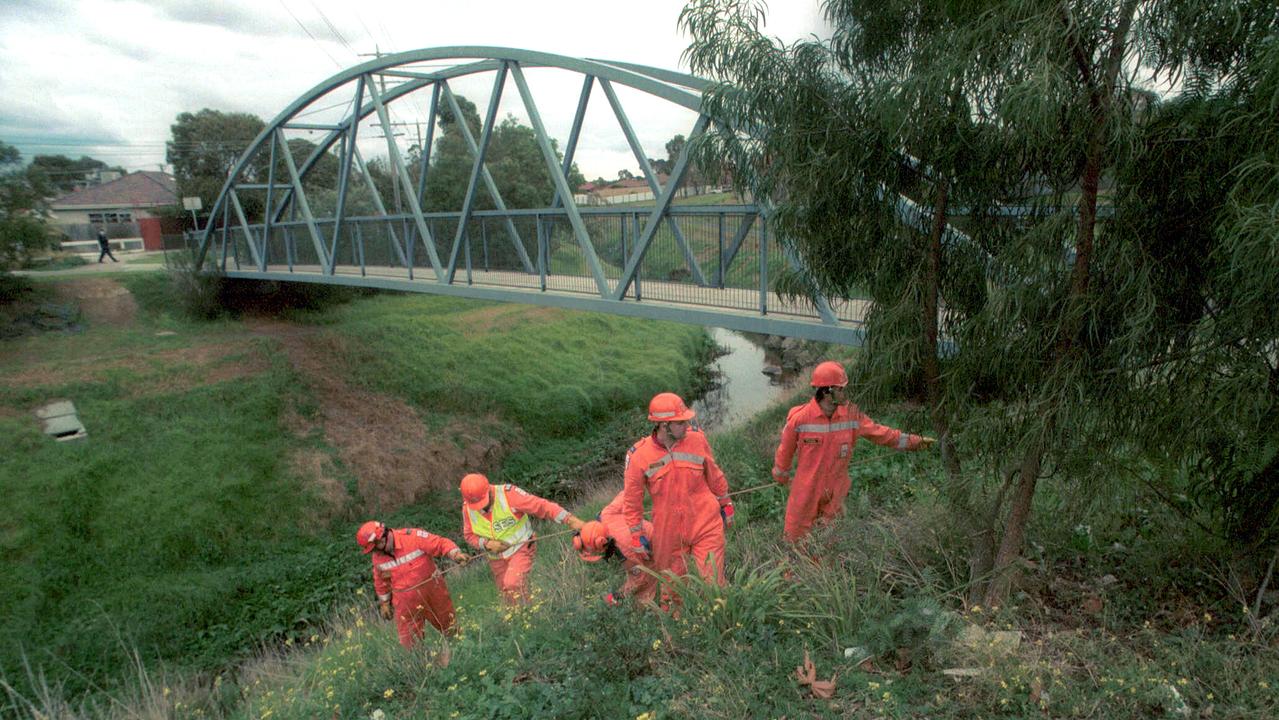
One of our investigative inquiries in this case was to apply for details of all calls made from public telephones in the vicinity of the scene of the shootings, made both on the day and on the days preceding, when planning for the murders would have been occurring.
This inquiry brought us a significant result.
On Friday June 20, at a rarely-used public telephone box on Moreland Road between Melville and Sydney Roads, seven calls were made between 2.07pm and 2.12pm.
One would assume they were made by the same person or persons together.
The longest duration of a call was seventy seconds and three were not answered.
The first (unanswered) and last calls were to Carl Williams, the second to a female closely associated with the suspected gunman, then to a business in Queen Street Melbourne and two to a female closely associated with Carl Williams.
Among the calls was an unanswered one to the telephone of a person unfamiliar to us.
By various technical and other indirect means, that call took us to an address in a southern suburb.
Our surveillance support reported there were two vehicles at the address, a silver Holden sedan and of far greater interest, a white Toyota HiAce van.
We had extensive monitoring already underway and this address and the two vehicles were added.
It wasn’t long before we had established solid connections between the owner of the white Toyota van, the suspected gunman and Carl Williams.
We were in no doubt these were our three central characters but solid evidence was still required.
Members of the Special Operations Group were regularly briefed in the event their services may suddenly be required.
On October 15 we became aware that the owner of the white van was attempting to obtain an untraceable vehicle with false plates from a person we believed was quite capable of supplying the “throwaway”.
Our suspected gunman was also involved.
We identified the proposed vehicle and one of the sergeants on our crew, who lived not far from the supplier, along with other police units, subsequently kept an eye on the premises.
Monitoring equipment was arranged to be installed in this vehicle also.
Our sergeant’s young child had never had so many walks around the neighbourhood when her father was at home.
On the following day the van owner and the suspected gunman met in the northern suburbs for what appeared an intense conversation.
This and other pieces of information suggested that what they intended may be imminent and that Carl Williams was again very much involved.
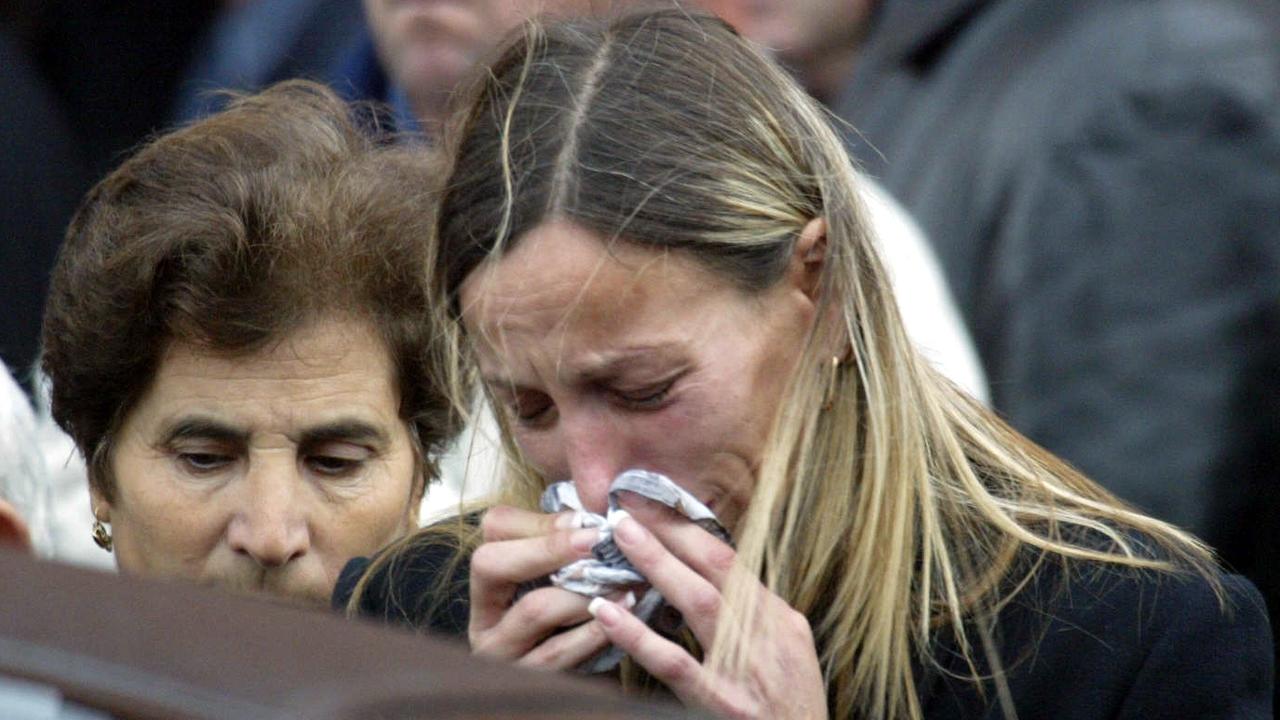
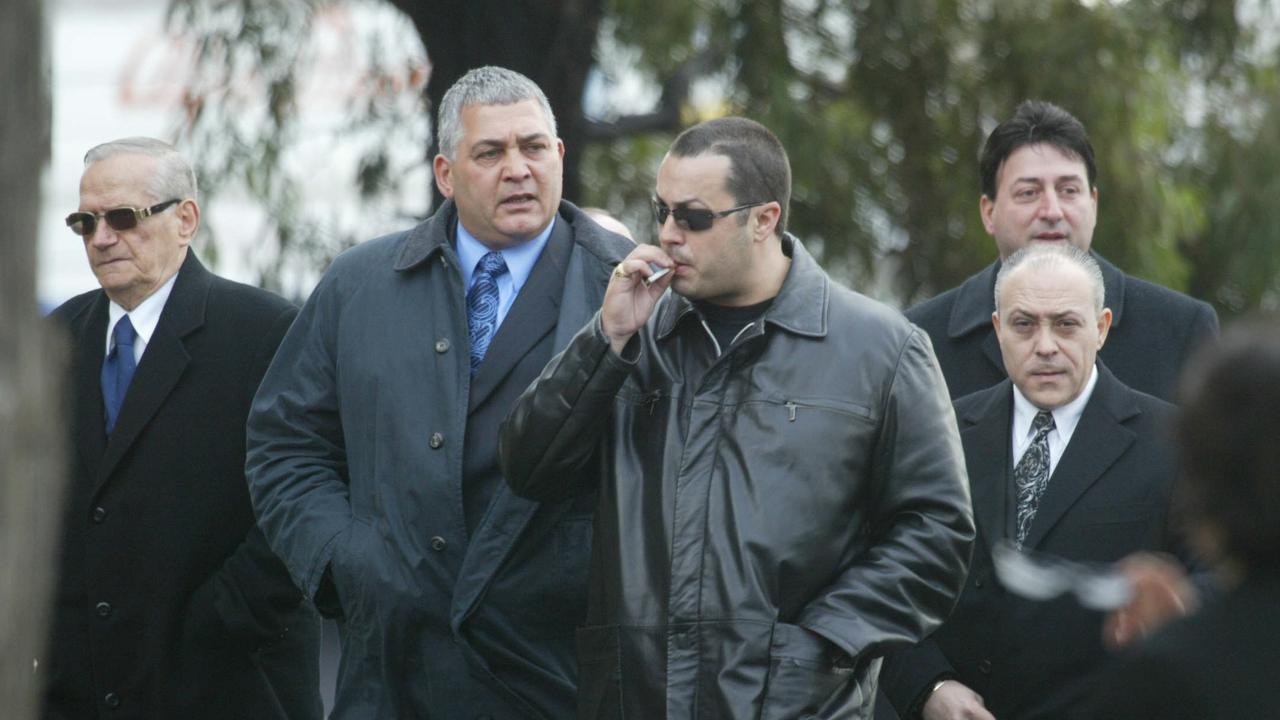
We suspected this may occur in the Prahran/South Yarra area as the suspected gunman’s vehicle had been frequenting that area at odd hours.
We did not however have intelligence on the identity of the next proposed victim.
By this time, two others with connections to Williams had “passed away” by unnatural means since the Cross Keys shootings.
On October 17 we were back “on call”.
The squad was busy at the time but we suspected a more sinister motive contributed.
We were certain another death was imminent and hoped it could be prevented and our two “star suspects” apprehended in the process.
They were being closely monitored, both physically and electronically, with the instruction that we be informed of anything suggesting they were preparing to move.
At 10.30 that night I was informed of the suspicious disappearance of a young child in Myrtleford.
I was fully briefed and was confident local very experienced detectives were doing all possible at that time.
Next morning nothing had changed regarding the Myrtleford matter and I spoke to the inspector at the Homicide Squad suggesting it should be handed to the Missing Persons Unit, a unit within the Homicide Squad responsible for inquiries into disappearances in suspicious circumstances.
He agreed there was no need for us to attend, at least not at that stage.
At 4.30pm I was informed that the Acting Superintendent had directed our crew would go to Myrtleford that night.
His opinion, I was told, was that the disappearance of the child in suspicious circumstances did not fit within the charter of the Missing Persons Unit.
Which as stated, investigates cases of people missing in suspicious circumstances.
One of our sergeants would at least carry our current investigation to Purana for continuity. The broad consensus was that the decision was political.
The newly-formed and highly publicised Purana Task Force would take control of the imminent culmination of our exhaustive efforts, thus justifying its formation in significant headline fashion.
The van owner (“driver”) went to collect the untraceable vehicle and discovered a rear light was not working. There would obviously be a reticence to use a vehicle which may attract police interest.
In attempting to perform repairs, signs of our devices were detected.
Local police were immediately directed to rapidly attend in order to direct focus towards the supplier.
Needless to say, the “throwaway” vehicle was not taken by the suspect, however on the evening of Saturday October 25, while still investigating the disappearance of the child in Myrtleford, I received a call from the sergeant on our crew who had taken our investigation over to the Purana Task Force.
He informed me a male had been fatally shot in the area where we suspected the next underworld death would occur.
Our suspects would appear to not have been spooked by the technical discovery earlier in the week.
The victim was Michael Marshall. Our “gunman” and “driver” had been in the silver Holden owned by the driver’s partner and which was one of the vehicles we had also fitted with electronic devices.
The shooting had been recorded.
At 10.30 that night the Acting Superintendent rang me.
Our two offenders had been arrested by the SOG outside the Elsternwick Hotel.
They were driving north on Nepean Highway, having discussed disposal of the firearm while at the driver’s home after the shooting.
On the following day I was informed both our suspects had been charged with the murder of Marshall.
Charges relating to the murders of Moran and Barbaro followed.
My committed, competent, tireless and tenacious team and I were ropeable when the rug was pulled from under us at the last minute, for obvious political purposes and in such a duplicitous fashion.
It was perhaps something of an early signal of what could be termed an emerging and disturbing culture foreign to the organisation I joined.
I should state here that I have far greater confidence in and respect for most of the current regime.
We would happily have subsequently handed further control of our offenders over to Purana to assist them with the broader picture and would have expected it.
Obviously, we had been sharing information with the taskforce from the beginning. It should be emphasised there was no resentment on our part towards the very competent detectives within the Purana Task Force.
No one, from the Assistant Commissioner (Crime) down, was in any doubt about my and our feelings.
He in fact rang me at the Myrtleford Police Station after the arrests to express his appreciation of our efforts.
As he discovered, I had not calmed by that point in time.
– with Mark Buttler
Rowland Legg is one of the state’s most experienced and respected murder investigators. By the time he retired in 2010, Mr Legg had worked for 18 years in the homicide squad, 15 of those as a senior-sergeant leading a crew of detectives. Mr Legg and his crew investigated some of the state’s biggest cases and others little known.
More Coverage
Originally published as Rowland Legg: The pay phone that unravelled messy Moran hit








